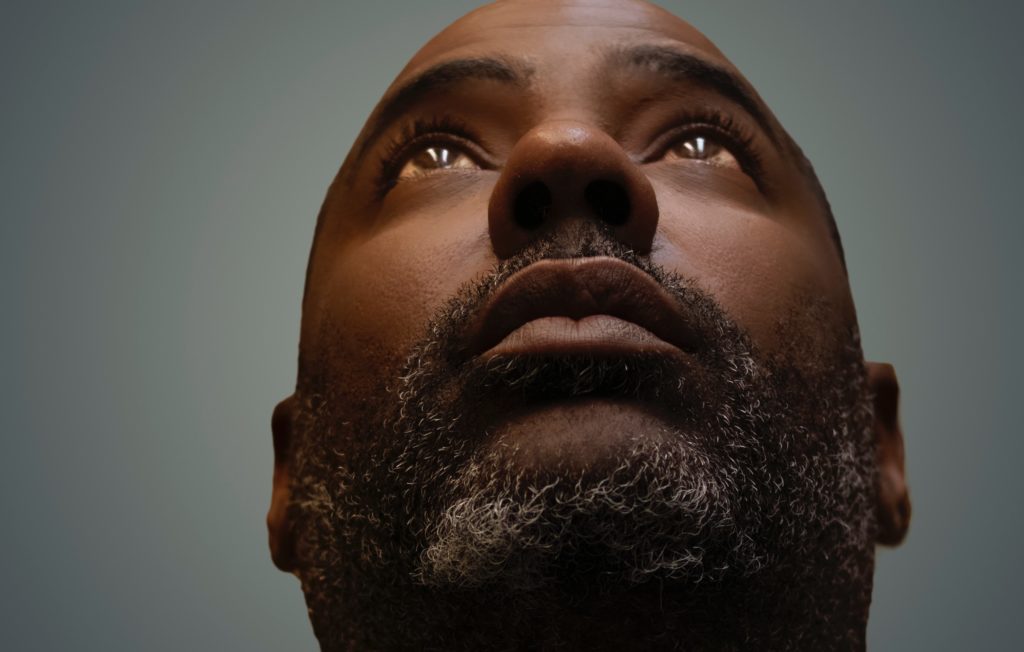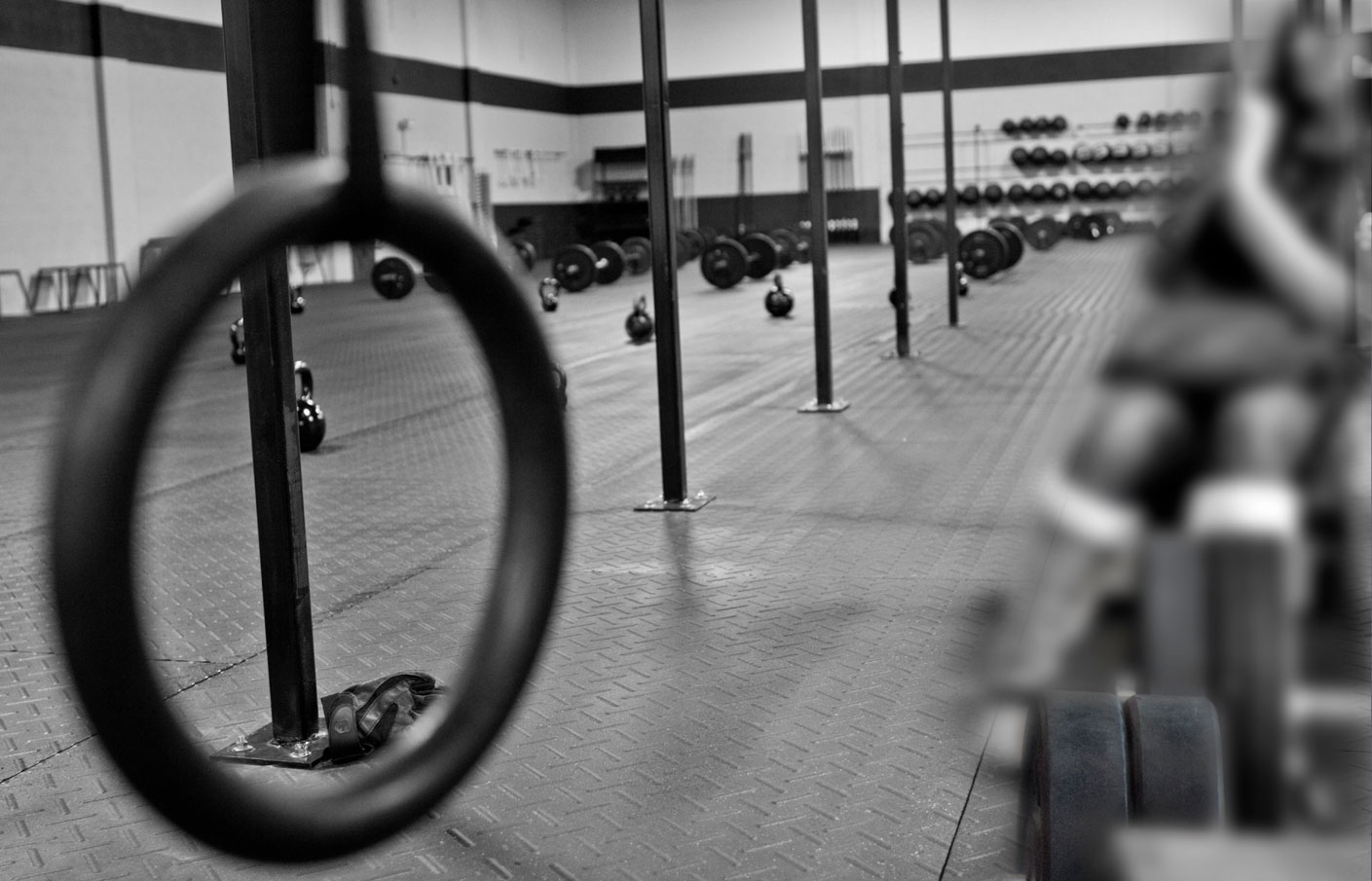Whether your child is transitioning from a crib to a co-sleeper, or to a family bed – it’s soon the time for a very own “big bed”.
The transition should only be made when you and your child are ready. But when time comes, choosing the right mattress for your child should be the most crucial matter. It is imperative to know that any mattress you choose should be chemical free and non-toxic, as most of the mass-produced mattresses in the market are simply a pile of chemicals, which is not only dangerous but down-right hazardous if used for a longer period of time.
Children spend a total of 10-12 hours on their beds, which is a vital part in their growth. And in this prospect, if your child is sleeping on a mattress that is made of toxic foams, additives, synthetic materials, and dangerous fire retardant chemicals – it will make a huge difference on your child’s health and well-being.


The fact is: sleep is the time for rejuvenation. When your child sleeps, his body is going into the repair mode, which means that his immune system will get rid of all impurities. So naturally, this phase of rejuvenation should be given utmost importance, but if an unknown and unaccounted number of toxins is continuously being inhaled in your child’s body from the mattress, then it will become difficult for the body to detoxify itself.
Let you and your child sleep on a haven of natural, organic material instead. But let’s first understand what’s inside your kid’s regular mattress and how it will affect them:
What’s In a Regular Mattress?
Toxic Foam – Polyurethane foam is the major content of majority of the mass-produced mattresses. It’s made of petroleum and chemical additives and when foam breaks down into smaller particles, this substance can become airborne. As per the manufactures safety data sheet, potential health issues can include: breathlessness, irritation of mucous membrane, cardiac arrhythmias, headache, chest discomfort, coughing, weakness, asthma, which could act as a primary actor in the formulation of several other medical conditions.


Fire Retardant Chemicals or Barriers – Due to Government’ Flammability Regulations, manufacturers add barriers or fire retardant chemicals which are toxic (chlorinated fire retardants, PBDEs, antimony, polyacrylonittrile, boric acid) and even though, some progress has been made to use less toxic material, but the progress is slow and the undeniable proof of their toxic nature still continue to thrive. Since the chemicals don’t completely dissipate therefore when mattresses become old, they continue to emit gases due to chemical reactions, without the chemical smell. More importantly, these toxic clouds are not visible to the naked eye, so it is like fighting an invisible enemy; you know it exists but you can’t gauge its quantity until it’s too late.
Children, unfortunately are more vulnerable to the chemical exposure, because of the following reasons:
They Spend More Time Sleeping – Kids spend around 7 to 12 hours every day on a mattress. This is the time when they breathe in chemical gasses and absorb toxins.
They are Fragile – The respiratory, reproductive, immune, and neurological system of children is in early stages of development which makes them more vulnerable to toxic chemicals.
They Cannot Easily Detoxify – Children are not good at detoxifying and excreting toxins, as their systems are still developing.
Is the toxicity of Your Childs Bed a concern? If yes, then think carefully before buying expensive foam mattresses. And even better is that your kid doesn’t need to sleep on poison! Mattresses made of natural organic materials providing best quality and health that meet flammability regulations with safe and non-toxic materials are now available as “futons”.
Choose a Japanese Futon Mattress with Non-Toxic Materials for Your Kids
Advertisement
Yes, organic is definitely the major concern. But even more important is that every material used in the mattress is non-toxic and free of harmful fire retardants. Traditional Japanese futon mattresses have a trust of centuries and the results are always similar-good health and fresh looking skin.
Locals are a proof of how their simple futon beds result in perfect sleep and rejuvenated bodies. Authentic futon mattress is hand-made by skilled craftsmanship with 100% cotton. Cotton is firm and breathable. Organic cotton is the best filling for your child’s mattress and for any individual in the house.
It’s even better when futon covers and other essentials of futon set are made of cotton fabric. Presence of cotton fibers in futon beds makes breathing easy, as it allows the air to circulate. The proper circulation of air doesn’t make the body sweat and does not allow molds and other bio hazards to contaminate.
Moreover, the care routine of a traditional futon mattress further prevents the dust mites to accumulate in the mattress. This makes it a great choice for the kids and even adults suffering from allergic conditions such as asthma.







